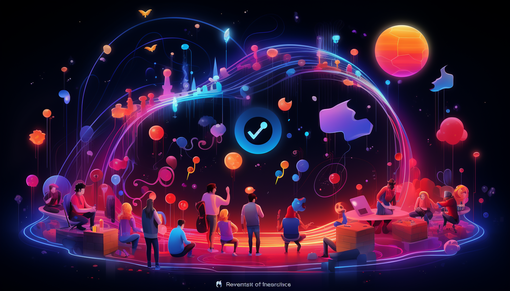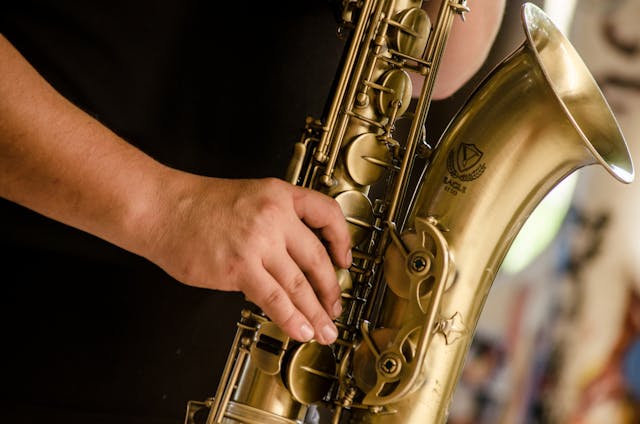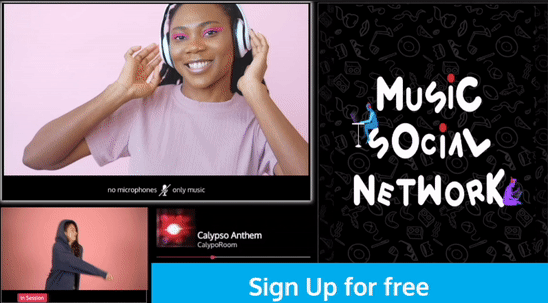When did the phenomenon of music superfan first emerge in popular culture?

Table of content
When did the phenomenon of music superfan first emerge in popular culture? - Introduction
The phenomenon of music superfans has been a pivotal aspect of popular culture for over a century.
Tracing its origins requires delving into the evolution of music consumption, technology, and the social dynamics that have allowed fans to express their adoration for artists and genres.
This article explores the historical milestones that contributed to the rise of music superfans, examining the cultural shifts and technological advancements that have facilitated this unique form of fandom.

KEY TAKEAWAYS
The Birth of Popular Music Fandom in the Early 20th Century: The early 1900s, particularly with the rise of Tin Pan Alley and the mass production of sheet music, marked the beginning of music superfandom. This era witnessed the formation of fan groups around popular music and personalities, setting the foundation for the passionate fan cultures we see today.
The Jazz Age and Cultural Shifts: The 1920s and 1930s, known as the Jazz Age, brought about significant cultural shifts with the emergence of jazz and blues. This period was instrumental in the development of vibrant subcultures, showcasing early examples of superfandom where fans were not merely passive listeners but active participants in the music scene.
The Mid-20th Century: The Impact of Rock 'n' Roll and Beatlemania: The 1960s highlighted the transformative power of music through the global phenomenon of Beatlemania and the rise of rock 'n' roll. This era demonstrated music's ability to inspire unprecedented fan devotion, laying the groundwork for the concept of the superfan in popular culture.
Innovation in the Digital Age with CalypsoRoom: The advent of the internet and platforms like CalypsoRoom has revolutionized how music superfans interact with artists. CalypsoRoom, by offering a one-to-one webcam connection without the need for verbal communication, emphasizes music's role as a universal language and showcases the evolution of fan interaction, making the fan experience more intimate and interactive.
The Role of Social Media in Evolving Superfan Identity: Social media has significantly shaped superfan identity, allowing fans to engage with artists and each other in unprecedented ways. It has facilitated a new era of superfandom, characterized by highly interactive and personalized experiences, transforming superfans into key stakeholders in the music industry.
The Early 20th Century and the Birth of Popular Music Fandom
In the early 20th century, the advent of Tin Pan Alley and the proliferation of sheet music sowed the first seeds of music superfandom, marking a pivotal moment in the history of popular music culture.
This era witnessed fans gathering around the music and iconic personalities that resonated with them, laying the foundational stones for what would evolve into modern music fandom.
The introduction of the gramophone and the rise of record labels like Columbia Records further catalyzed this phenomenon, turning music listening into a widespread social activity and elevating artists to celebrity status.
This period not only highlighted the growing commercialization of music but also underscored the deep emotional connection fans developed with music, setting the stage for the global music superfan communities we see today.

The Jazz Age and the Rise of Subcultures
The 1920s and 1930s marked the Jazz Age, a period that saw the emergence of jazz and blues, genres that catalyzed the formation of vibrant subcultures and ushered in an era of music superfandom.
The proliferation of speakeasies and jazz clubs during Prohibition further fueled this cultural movement, providing a space for fans to gather, share their passion, and experience music live, which deepened their connection to the art form.
Radio broadcasts and phonograph records made jazz and blues accessible to a broader audience, amplifying the impact of these genres on popular culture and solidifying their place in the hearts of superfans.
This period not only celebrated musical innovation but also set the stage for the fan-driven phenomena that would define future music movements, demonstrating the enduring power of music to unite and inspire communities.

Mid-20th Century: Rock 'n' Roll and Beatlemania
The explosion of rock 'n' roll and the unprecedented global frenzy of Beatlemania in the 1960s underscored the transformative power of music, demonstrating its ability to inspire a level of fan devotion that had never been seen before.
This era not only marked a significant shift in musical tastes but also in how fans interacted with and celebrated their musical heroes, laying the groundwork for the modern concept of the superfan within popular culture.
This period saw the birth of fan clubs, merchandise, and mass concert attendance, evidences of the burgeoning music industry's ability to capitalize on this new wave of intense fan engagement.
The mid-20th century's music scene, rich with iconic performances and groundbreaking albums, solidified music's place as a powerful cultural force, reinforcing the bond between artists and their superfans and setting the stage for future generations of music enthusiasts.

The Digital Age and Global Fan Communities
The advent of the internet and social media has utterly transformed music fandom, enabling fans to connect with each other and with artists on a global scale, thus creating vast online communities where music is the universal language.
Platforms like CalypsoRoom have further innovated the fan experience by allowing music superfans to connect directly with their favorite artists and vice versa in a unique, intimate setting, redefining the boundaries between artists and their audiences.
CalypsoRoom offers a one-to-one webcam connection, with the microphone off, letting the music speak for everyone, thus fostering a purely musical connection that transcends traditional barriers of communication.
This platform encapsulates the modern superfan experience, emphasizing the shared enjoyment of music without the need for verbal communication, and highlights the evolution of fan interaction in the digital era.
This technological advancement not only bridges geographical gaps but also personalizes the fan experience, making it more interactive and immersive than ever before.

The Role of Social Media in Shaping Superfan Identity
Social media has significantly influenced the identity and practices of music superfans, providing a platform for fan engagement, community building, and direct interactions with artists, thereby ushering in a new era of superfandom marked by interactive and personalized experiences.
Through platforms like Twitter, Instagram, and TikTok, superfans curate content, share concert experiences, and mobilize around music releases, further blurring the lines between artists and their most passionate supporters.
This evolution showcases how social media platforms have become integral to the fan experience, transforming superfans into pivotal stakeholders in the success and visibility of artists in the digital age.

When did the phenomenon of music superfan first emerge in popular culture? - Conclusion
The phenomenon of music superfans has evolved significantly from the early 20th century to the present day, influenced by cultural shifts, technological advancements, and the human desire for connection with music and artists.
As platforms like CalypsoRoom continue to innovate the ways in which fans and artists interact, the essence of music superfandom remains constant: a deep, enduring passion for music that transcends time and technology.
For more insights into the evolving landscape of music fandom, visit our blog homepage.
Thanks for reading,
The CalypsoRoom Team
Frequently Asked Questions (FAQs)
How has the role of music superfans changed over time?
The role of music superfans has evolved from passive consumption to active participation, influenced by technological advancements and social media, transforming superfans into key stakeholders in the music industry.
What was the first recorded instance of music superfandom?
The first recorded instance of music superfandom dates back to the early 20th century with the rise of Tin Pan Alley and the mass production of sheet music, marking the beginning of passionate fan cultures around music and personalities.
How do music superfans influence the music industry?
Music superfans influence the music industry by engaging deeply with artists and their music, promoting content, and participating in fan-driven projects and campaigns, thereby playing a pivotal role in the success and visibility of artists.
What are the most notable examples of music superfandom in history?
The most notable examples of music superfandom in history include Beatlemania in the 1960s, showcasing unprecedented fan devotion, and the active participation of jazz and blues fans in the Jazz Age, highlighting early instances of vibrant subcultures.
back
Written by CalypsoRoom Editorial Team
The CalypsoRoom Editorial Team is a skilled and diverse group of writers, researchers, and industry specialists who have access to Calypso's data and information in order to give you broad knowledge about the music industry as well as helpful advice to help you manage your music and dancing career.
Updated February 2024
Company number: 681223
James's Walk 31, Dublin, Ireland
contact@calypsoroom.com
+353 (89) 435 8928



